Readability – arguably one of the biggest challenges facing the technical writer…
If you work in the world of construction and law, you probably saw the latest big news around adjudication, from the ‘Bresco’ case.
Lots of summaries and Linkedin Posts were shared regarding the outcome of the case in the days that followed. Unsurprising as the decision could have a big impact for adjudications.
If you are a lawyer, you are likely to be familiar with reading and understanding decisions from courts and tribunals. But for those of us who have not spent years at law school, interpreting court documents can be a little more challenging. If writing a technical article, your years of training as an expert in your subject may not translate easily into simple language.
When something is a little difficult to understand, what do most of us do? We turn to Google, of course.
Luckily for us, many specialists have written pieces on cases and technical issues. But, not all are the useful summary they set out to be.
Complex sentence structure, quoting large sections of a tribunal’s decision without context, and extensive use of ‘legalease’ or jargon are some of the habits that often appear.
To be clear, it is not only lawyers who suffer from these problems. All specialists are prone to it. Technical and specialist language is fine in certain contexts. However, it can be unhelpful in communicating with a wider audience or promoting your business.
That’s why we thought it would be useful to share our top tips for writing useful and informative articles and blogs:
1 – Who is your audience?
If you are a solicitor, it probably won’t be other solicitors. The people you are writing for will usually have less knowledge on a subject than you – that’s why they need to use your services. So think about questions they may have. What might not be clear for someone without your expertise? What are the typical questions clients often ask?
It is also important to remember that they may be more knowledgeable in other areas. Be careful of teaching your clients to suck eggs. Don’t stray into their field of expertise. For example, if many of your clients are in planning, don’t quote extensive planning regulations at them. Chances are they already know this stuff.
2 – Structure
It’s common to come across pieces that read as if they are a stream of consciousness. A garbled series of thoughts that jump back and forth between subjects. When beginning to write anything, I am always reminded of the way we were taught to answer exam questions back in my school days. Never jump straight in. Start with a plan.
This seems like simple advice, but please structure your article properly. Start with an introduction. Then introduce the key points. Then end with a conclusion. You don’t need to write the piece in this order. I often find ideas jump out of nowhere when I’m writing. But having the headings set out means you can easily slot things into place and the article will be much easier for the reader to follow.
3 – Sentence Length
The Government website has a 25-word limit to all sentences. There is a good reason for this. As they put it, ‘When you write more, people understand less’. If you are struggling to get your point across in under 25 words, rethink the way you are structuring your sentences.
We’ve mentioned the Hemingway app on previous blogs. It’s a helpful tool that allows you to see where you might be going wrong. Take a piece of text and paste it in, the software highlights where your sentences are too long and hard to read. Some well placed full stops really do go a long way.
4 – Paragraphs and subheadings
Following on from sentence length, structure your writing with paragraphs and subheadings. As with all these tips, the key is to make things easier for the reader.
A large block of text is uninviting. Our brains are wired to scan read, so paragraphing, headings and spacing all improve the ease in which we take in words on the screen.
Make sure your subheadings are relevant. We often skip to the part we are interested in and finding it is talking about something else can be really off-putting.
5 – Andy Owen and Drayton Bird
These are two examples of expert copywriters. They spent their lives devoted to writing ‘copy that sells’. If you take a look at Andy’s website and Drayton’s books, they are packed full of ideas for writing that will help explain how your writing should look. Andy refers to it as ‘bar talk’ – keeping things simple, explaining them as you would to a person in a bar (subject to social distancing of course!).
6 – Industry Jargon
Avoid jargon at all costs. Even words you think are commonplace can be difficult for your reader to understand. There is often a temptation to use industry language as a way of demonstrating your knowledge and expertise. Unfortunately, this can backfire, leaving readers confused.
Even worse, it can sometimes appear to readers as if you are showing off and arrogant. There are times when you need to use industry-specific language. When this is the case, make sure you clearly explain what it means. It goes back to point one in this list. Assume the reader has less knowledge of the subject than you.
7 – Using Quotations
A well-placed quote can drive home your message and emphasise your point. But use quotes sparingly. We often see large sections of a court decision, contract or technical specification quoted in articles. We mentioned case summaries in our introduction, and these are a perfect example of this habit.
Remember that the reader is there because they want clarification. Otherwise, wouldn’t they just read the document you are quoting from themselves? Keep your quotes short and sweet. Put them in context. Again I’m reminded of exam preparation back in school and the rule P.E.E. Point. Evidence. Explain. Make your point. Evidence it with a quote. Explain why the quoted text is significant.
8 – Capitalisation of Random words
This is a terrible habit we see in technical writing. Experts – we’re looking at you!
Sometimes Contractor is capitalised, but not subcontractor. Architect but not engineer. Rail but not highways. People want to capitalise Job Titles or contracts. It varies from person to Person and sometimes there isn’t even standardisation in one Article.
Obviously, you should use capitals at the start of your sentences and for proper nouns. But job titles and industries should be lower case.When in doubt check a style guide. We tend to use the Guardian, but there are legal and industry-specific style guides available too.
9 – Peer Review / Proof Reading
Always ask someone else to read your articles before you publish them. Find someone with less knowledge of the subject. Make sure they understand it and if they ask for clarity provide it. Don’t rebut criticism with, “oh that’s a technical term” etc. Because if one person doesn’t get it, chances are others won’t either. No matter how great your writing skills, or how careful you are, mistakes are easy to make. As our brains read what we think should be there, rather than what is, errors are often missed when proofreading your own work.
That’s it. Pretty simple – nine steps to perfect writing and great readability. We don’t claim to have nailed it ourselves, but we do try, where possible, to keep to the above rules. And if we don’t, please let us know – because we love it when someone points out we are not practising what we preach!

